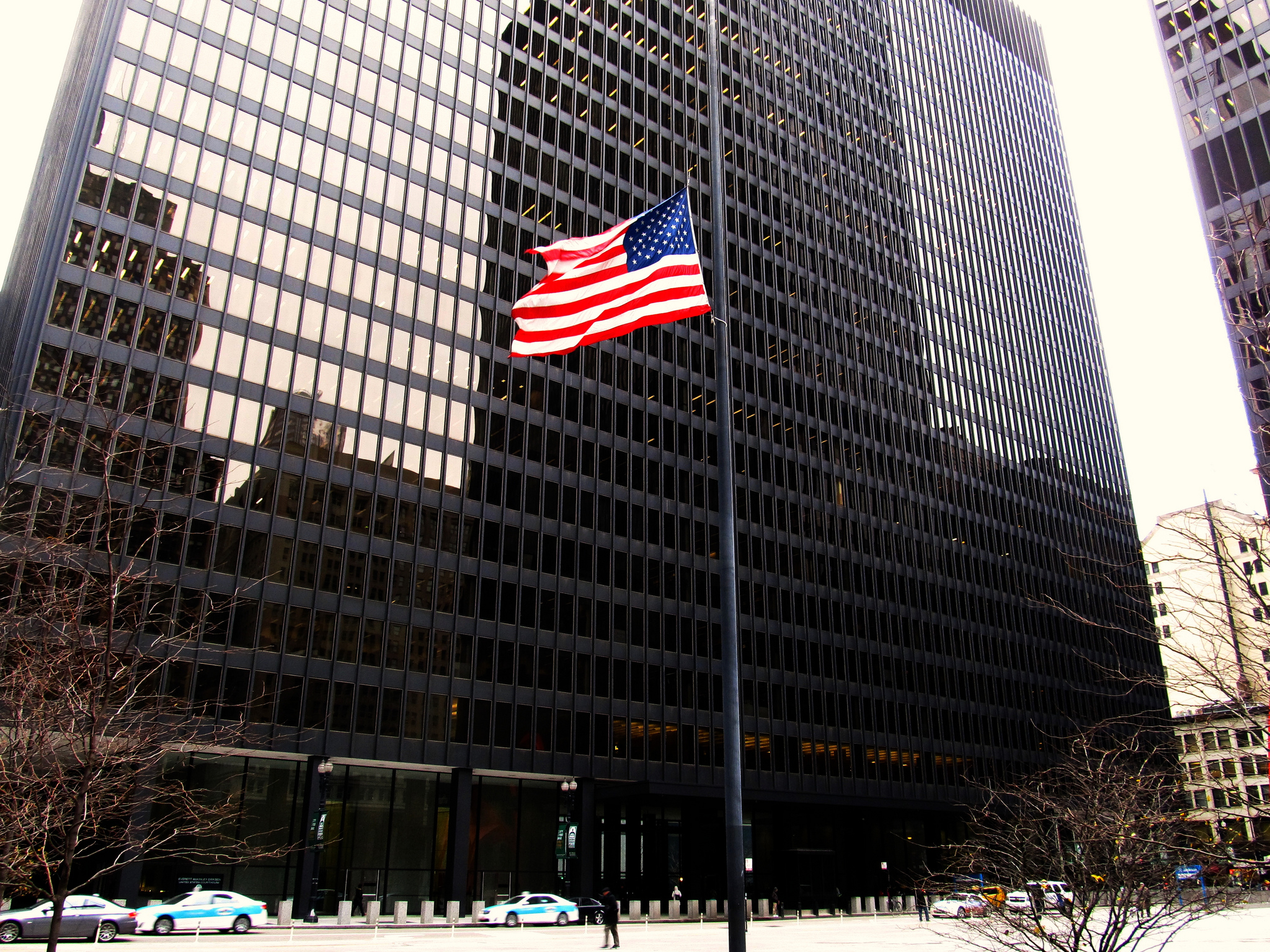In my last post I discussed Michael Klarman’s recently published book, From the Closet to the Altar: Courts, Backlash, and the Struggle for Same-Sex Marriage (Oxford, 2012). I described Klarman’s history of the gay rights movement and his consideration of what this history may tell us about the phenomenon of political backlash to court decisions. In this post I turn to the last chapter of From the Closet to the Altar, in which Klarman offers some predictions about what we might expect with regard to gay marriage debate, including the possibility of the Supreme Court attempting to resolve the issue.
Klarman’s one big prediction is hard to argue with: “If any social change seems inevitable, it is the growing acceptance of gay equality generally and gay marriage specifically.” This is a trend driven both by
demographics (support for gay rights is strongest among youth) and by cultural changes. The trend is also driven by the self-reinforcing nature of gay rights advances. As Klarman observes, “the greatest increases in support for gay marriage in the last fifteen years have come in the states that already were the most supportive of gay rights.” Societal acceptance of homosexuality, once it begins to take hold, has a tendency to gain momentum.
What role is the Supreme Court likely to play in this story? Klarman’s book went to press before the Supreme Court agreed to hear the cases involving the federal Defense of Marriage Act and California’s Proposition 8,
the state referendum banning same sex-marriage that both a federal district court and the Ninth Circuit have ruled unconstitutional. (The justices will hear oral arguments next month.) But Klarman does offer some “informed speculation” on how the Court might deal with the issue.
On DOMA, he writes: “One can easily imagine a Court composed of liberal justices who probably sympathize with gay marriage and conservative justices who believe in states’ rights agreeing to invalidate DOMA on the
ground that the federal government should not be involved in defining marriage.”
What about a Supreme Court ruling striking down, on constitutional grounds, state laws limiting marriage to the union of a man and a woman? Viewed in the long term, this, according to Klarman, is an easy issue to predict. “Once public opinion has shifted overwhelmingly in favor and many more states have enacted gay marriage, the Court will constitutionalize the emerging consensus and suppress resisting outliers. That is simply how constitutional law works in the United States.”
But even if we assume that the Court will be responsive to a durable cultural and political transformation, critical questions about the timing and scope of this response remain. This is where the prediction game becomes far trickier.
On the Supreme Court today, there are no sure-fire votes in favor of a sweeping ruling finding a constitutional right to gay marriage. The liberal justices who are most likely to sympathize with the cause of marriage
equality will surely be concerned about the risk of having the Court push too far ahead of society. (This was the reason, for example, the Court delayed striking down prohibitions on interracial marriages for so long—Loving v. Virginia (1967) came thirteen years after Brown.) Klarman notes that Justice Ginsburg has criticized Roe v. Wade for doing just this. But with public opinion moving so clearly in one direction, and with a steady stream of new legislative and judicial victories for gay marriage, it is simply hard to predict when the liberal justices will feel the conditions are right for the Court to intervene.
Then we have the enigma of Justice Kennedy. Assuming the liberal wing of the Court lines up in favor of a broad pro-gay marriage ruling, then, in all likelihood, Kennedy (yet again) will become the swing vote.
What might he do in such a situation? Kennedy “has often taken dominant national norms, converted them into constitutional mandates, and then suppressed outlier state practices,” Klarman writes. His major death penalty decisions and Lawrence v. Texas (2003) fit in this category. This approach would indicate that a ruling locating a right to gay marriage in the Constitution is still some ways off. Although opinion polls recently crossed the fifty-percent threshold in favor of gay marriage, the dominant legal rule in the nation still prohibits gay marriage. Yet Kennedy has also distinguished himself as particularly willing to lead the Court when it comes to issues of gay rights. He was, after all, the author of the pro-gay rights decisions in Romer v. Evans (1996) and Lawrence.
Although at this point the smart money surely is still on the Court refusing to recognize gay marriage as constitutionally required, Klarman offers a particular thought-provoking suggestion about the role that history—and a justice’s sense of historical legacy—might play in pressing the Court to take the step that in the long run seems so inevitable. “What justice,” he asks, “would not be tempted to author the opinion that within a few short years likely would become known as the Brown v. Board of the gay rights movement? Justice Kennedy would have the option of writing that opinion if he wished to do so.”
And so we wait and see.




Leave a Reply